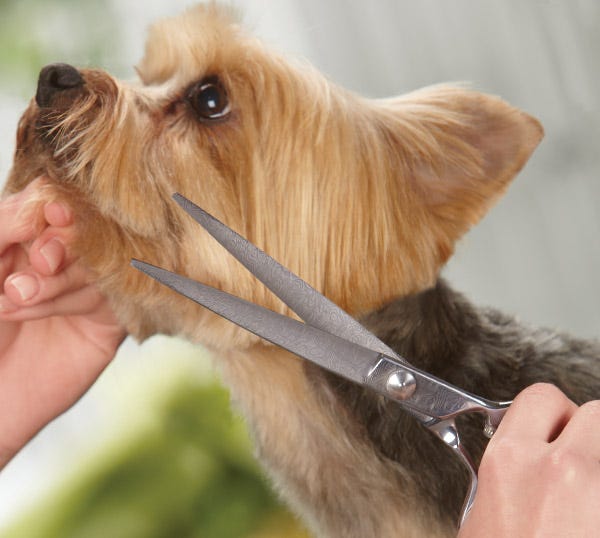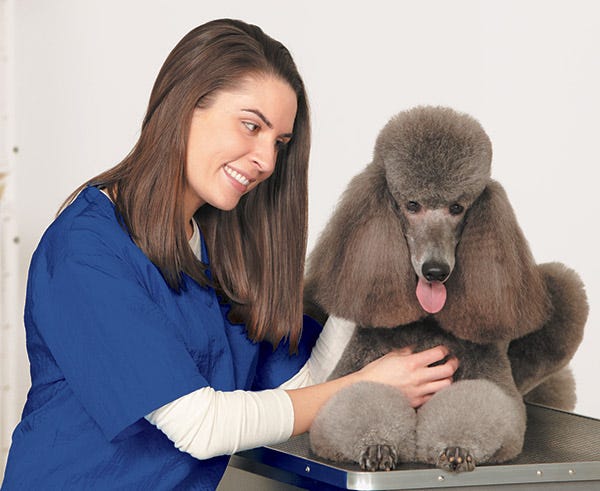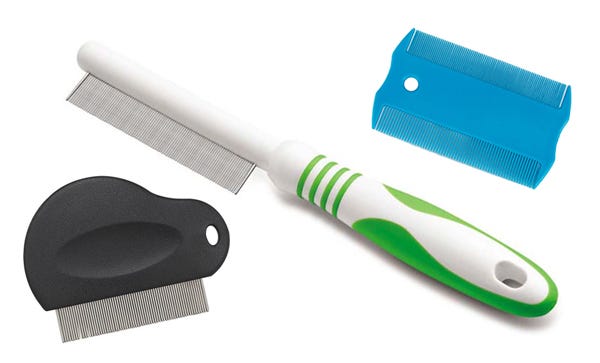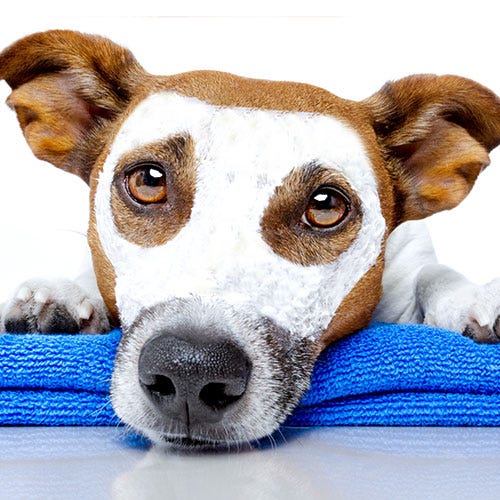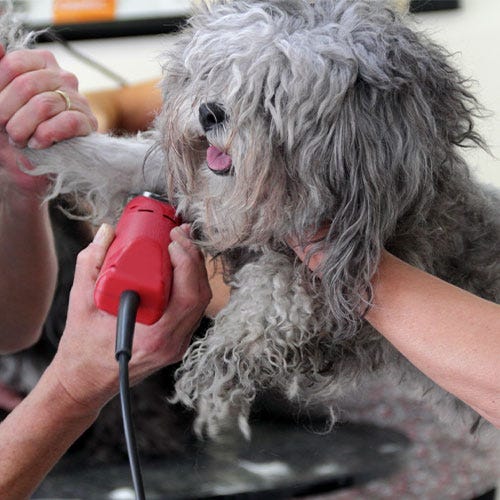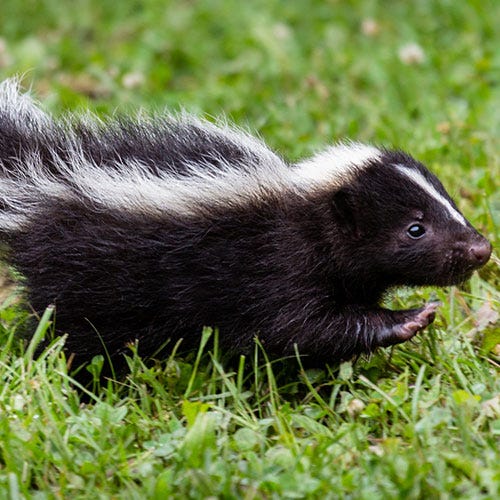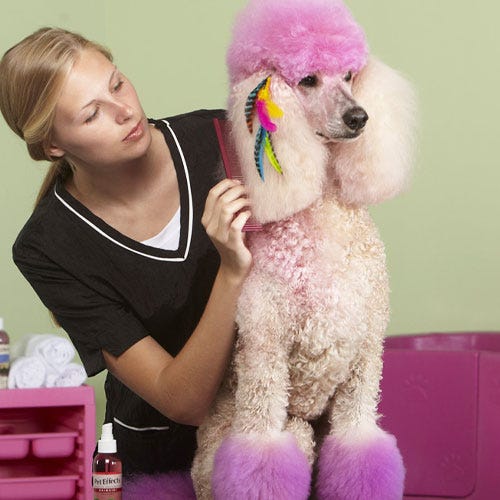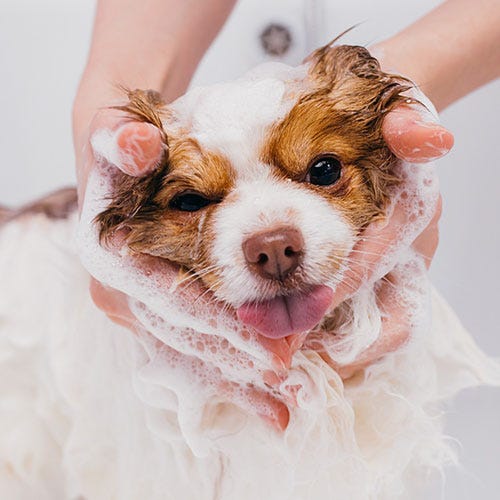What’s the best shear? That’s one of the most talked about questions in the grooming industry, and a place where you can spend a LOT of money. We all want the absolute best in shears to work with both because we want the best possible results in finishwork and because we know that a poor quality or poorly fitted shear can lead to repetitive motion injuries. Our shears should enable us to make our four legged clients look awesome without causing pain or discomfort to the groomer.
It's a sufficiently important subject that classes are given on shears at many grooming shows. Melissa Jepson, owner/stylist at Pupscale in Montclair CA who has given her class “Shear Confusion?” at multiple shows says the two most important things to remember are comfort and what you want the shear to accomplish. There’s a reason that lots of us have many different shears, and it’s because results differ depending on the coat type and thickness. For example, the same standard 46 tooth thinning shear that delicately blends out lines on a sporting breed is probably going to give you blisters if you try to shape that Old English Sheepdog with it. Pick up your aggressive chunker with fewer teeth for the OES. Or a bigger, heavy “88” style shear with some muscle to get the job done. Fill the finger holes with inserts if needed. “Everyone’s hand and comfort is different” says Jepson. “I like an offset thumb for most things, but some of my favorite shears don’t come that way so I use them for their ideal specific purpose and then put them down”.
The most expensive shear isn’t necessarily the best one for the job. It may be, and many high end scissors are better quality metal as well as easier on your hands, but comfort and results are the biggest factors. My favorite curved shear for faces and feet is a $25 shear with a ball point tip. My favorite 8.5 inch straight is a Geib no longer made that cost about $400 – thirty years ago. Use what works for you.

